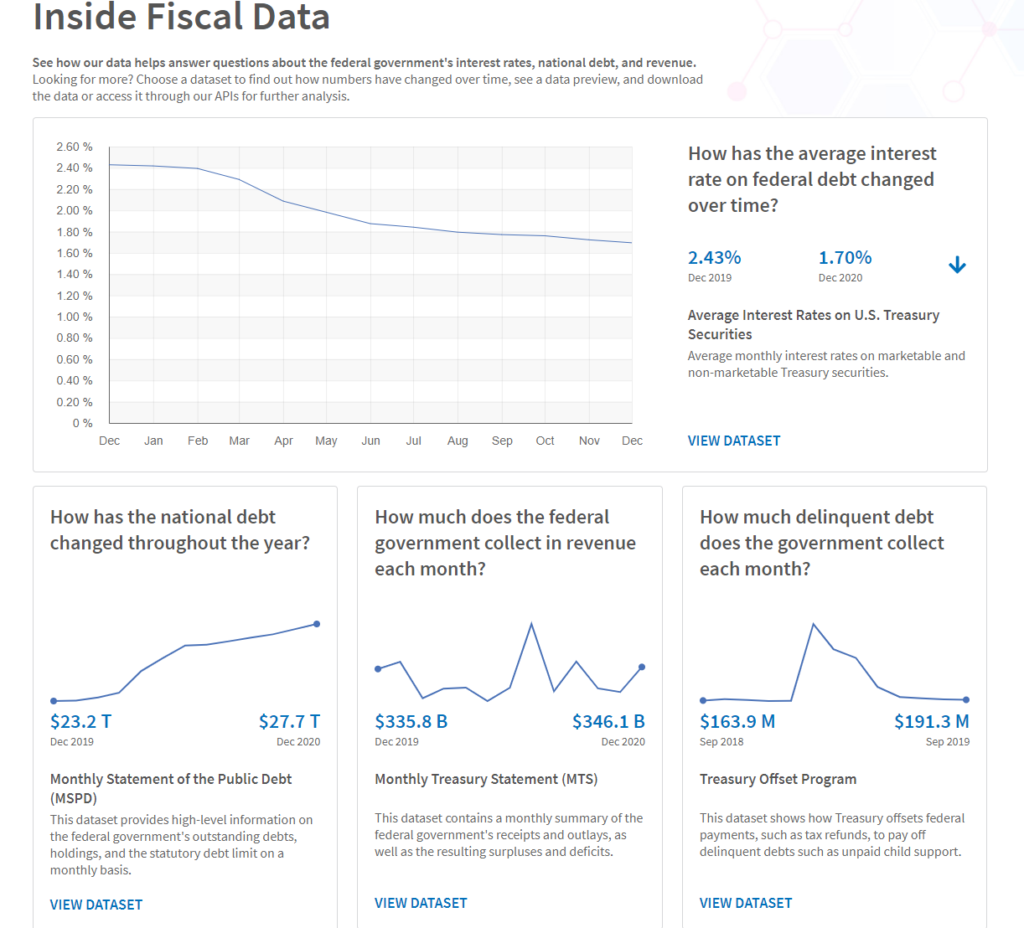Link: https://www.truthinaccounting.org/news/detail/city-combined-taxpayer-burden-report-2021
Full report PDF: https://www.truthinaccounting.org/library/doclib/City-Combined-Taxpayer-Burden-Report-2021.pdf
Graphic:

Excerpt:
Truth in Accounting has released a new analysis of the 10 most populous U.S. cities that includes their largest underlying government units. With the exception of New York City, most municipalities do not include in their annual financial reports the finances of large, underlying government units for which city taxpayers are also responsible, such as school districts, and transit and housing authorities.
This report takes into account these underlying government entities and provides residents and taxpayers in these cities with a more accurate and holistic view of their respective city’s finances. We only include underlying entities that city governments claim responsibility for in their annual financial reports. These underlying governments are essentially subsidiaries of the city and the majority of their debt falls on all city taxpayers. When the unfunded debt of these underlying government units is combined with the county, municipal, and state debt, city taxpayers are on the hook for much more than they think.
Publication Date: 11 May 2021
Publication Site: Truth in Accounting
